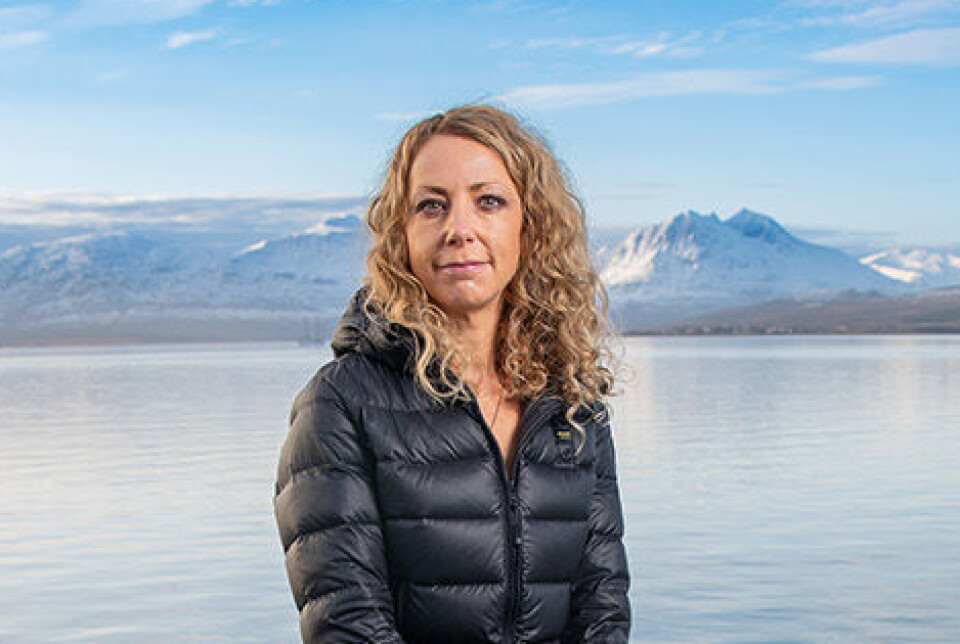THIS CONTENT IS BROUGHT TO YOU BY Nofima The Norwegian Institute of Food, Fisheries and Aquaculture Research - read more

What happens to cod when sea temperatures increase?
Researchers link climate projections with fish health. The goal is practical knowledge that can benefit long-term operations.
“We look at the climate crisis through a microscope because the details are important when implementing fish farming measures while temperatures are rising,” researcher Elisabeth Ytteborg at Nofima says.
In her research projects, the UN’s climate projections have been scaled down to a location in Norway.
The results shows that expected temperatures in 2030 can lead to damage in fish skin.
Warmer water can contribute to disease
The researchers chose a facility located at Dønna in the north of Norway. This facility has good data on cod farming and the environment.
The researchers wanted to study the impact of temperature on fish health, and what happens if cod are infected with the Fransicella bacterium.
Cod prefer temperatures between 8 and 13 degrees Celsius. By 2030, the facility at Dønna may experience several days above 17 degrees. The researchers therefore studied the effect temperature had on cod skin at 12 and 17 degrees.
The results showed that temperature greatly affects the skin – the fish's primary line of defense. In fact, temperature impacts the skin more than infection with Franciscella alone.
At high temperatures, cod suffered damage between cells that bind the skin together. These skin bonds seem to affect the fish’s ability to heal wounds. Damage to these cells could make the fish more vulnerable to other stressors.
In other words, the cod’s barrier system is weakened if it faces additional challenges on top of increased temperature.

What can be done about it?
Ytteborg says there are currently several cod farms further south in Norway which can expect higher temperatures.
“The impact of high temperatures and how to deal with them will play a more significant role moving forward as climate changes. Understanding what fish can tolerate becomes crucial for finding effective measures to maintain fish health if the water becomes too warm," Ytteborg says.
The researcher believes climate change must be taken into account when planning aquaculture in Norway. She mentions that the researchers will soon publish a scientific paper on 36 different species and their temperature tolerance in relation to climate change.
Reference:
Ytteborg et al. Climate change with increasing seawater temperature will challenge the health of farmed Atlantic Cod (Gadus morhua L.), Frontiers in Marine Science, vol. 10, 2023. DOI: 10.3389/fmars.2023.1232580

This content is paid for and presented by Nofima The Norwegian Institute of Food, Fisheries and Aquaculture Research
This content is created by Nofima's communication staff, who use this platform to communicate science and share results from research with the public. Nofima is one of more than 80 owners of ScienceNorway.no. Read more here.
More content from Nofima:
-
Red algae grown in wastewater from fish-farming facilities could become sustainable salmon feed
-
Pumpkins are good for more than just Halloween decorations
-
This is how temperature affects a salmon's health and growth
-
Study: Omega-3 and zinc is a powerful duo for salmon
-
Fish may turn yellow if frozen too fresh
-
Is it better if food is packaged in plastic or paperboard?




































